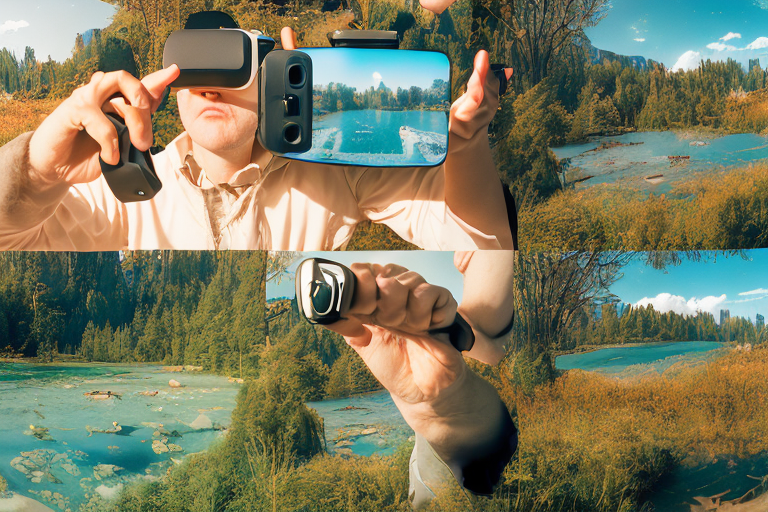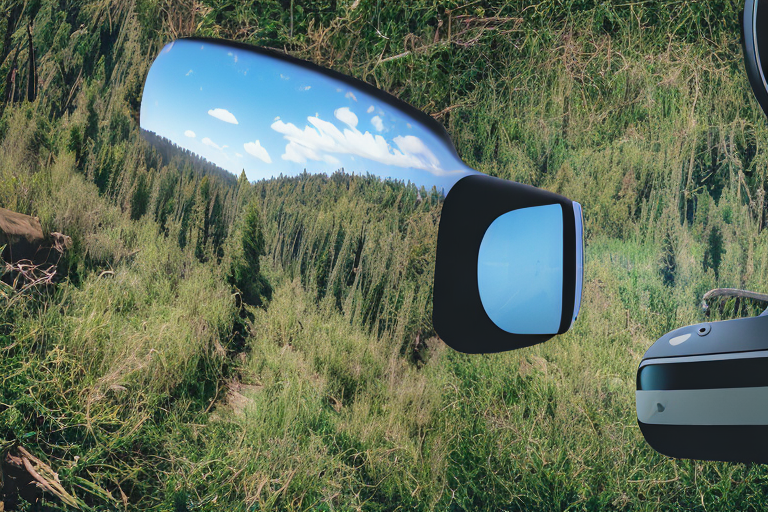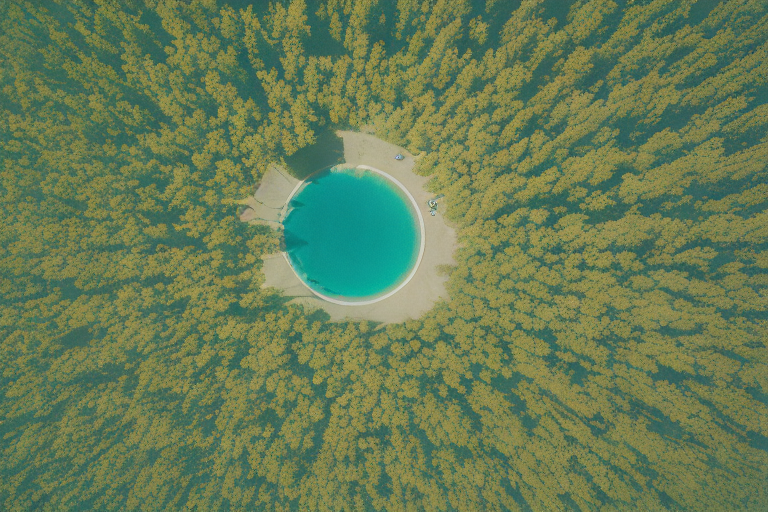가상 현실(VR)이 환경 산업에 미치는 영향: 보존 노력과 연구를 강화(The Impact of Virtual Reality …
본문

Virtual Reality는 환경 분야를 포함한 여러 산업 분야에서 애플리케이션을 사용하여 빠르게 성장하고 있는 기술입니다. 환경 산업에서 VR의 사용은 향상된 보존 노력과 더 포괄적인 연구를 포함하여 많은 이점을 제공합니다. 이 기술은 사용자가 다양한 생태계를 탐색하고 상호 작용할 수 있도록 환경 조건을 시뮬레이션하는 몰입형 경험을 만드는 데 사용될 수 있습니다.
환경 산업에서 VR의 주요 이점 중 하나는 보존 노력을 향상시킬 수 있는 능력입니다. 예를 들어, VR은 사람들에게 자연 서식지와 야생 동물을 보호하는 것의 중요성에 대해 교육하는 데 사용될 수 있습니다. 환경을 시뮬레이션하는 몰입형 환경을 만들어 사용자는 자신의 작업이 환경에 미치는 영향을 더 잘 이해할 수 있습니다. 또한, VR은 보호 지역의 가상 투어를 만드는 데 사용될 수 있으며, 이는 보존 노력에 대한 인식을 높이고 사람들이 이러한 노력을 지원하도록 장려하는 데 도움이 될 수 있습니다.
환경 산업에서 VR의 또 다른 이점은 연구를 개선할 수 있는 능력입니다. VR 기술은 다양한 환경 조건의 상세한 시뮬레이션을 만드는 데 사용될 수 있으며, 과학자들은 다양한 변수가 생태계에 미치는 영향을 연구할 수 있습니다. 이를 통해 환경에 대한 이해를 높이고 환경을 더 잘 보호하는 방법을 개선할 수 있습니다. 또한 VR은 가상 랩을 만드는 데 사용될 수 있으며, 이를 통해 다양한 환경 보호 전략을 테스트하고 평가할 수 있습니다.

한국에서, 환경 산업에서 VR의 사용은 아직 초기 단계에 있습니다. 그러나 VR이 보존 노력과 환경 연구를 개선하는 데 사용되는 몇 가지 예는 이미 있습니다. 예를 들어, 한국의 한 VR 회사는 제주도의 보호 지역을 가상으로 여행하는 것을 만들었는데, 제주도는 그 지역의 철새들에게 가장 중요한 서식지 중 하나입니다. 이 가상 투어는 이 지역을 보호하는 것의 중요성에 대한 인식을 높이기 위해 사용되었고 방문객들에게 좋은 반응을 얻고 있습니다. 게다가, 한국의 한 연구소는 기후 변화가 한국의 생태계에 미치는 영향을 연구하기 위해 VR을 사용하고 있습니다. 이 연구는 정책 결정을 알리고 기후 변화가 환경에 미치는 영향에 대한 우리의 이해를 높이는 데 도움이 되고 있습니다.
결론적으로, 환경 산업에서 VR의 사용은 개선된 보존 노력과 향상된 연구를 포함한 많은 이점을 제공합니다. VR 기술이 계속 발전함에 따라, 우리는 환경 분야에서 이 기술의 훨씬 더 혁신적인 응용을 보게 될 것입니다.

열:입니다:
환경 산업에서 가상 현실(VR)의 사용은 보존 노력과 환경 연구에 접근하는 방법에 혁명을 일으킬 것입니다. 몰입형 경험과 시뮬레이션을 만드는 능력으로, VR은 우리에게 환경을 더 잘 이해하고 보호하기 위한 새로운 도구를 제공하고 있습니다.
과거에, 환경 연구는 과학자들이 이용할 수 있는 도구들에 의해 제한되었습니다. VR 기술은 이것을 변화시키고 있으며, 우리는 환경 조건에 대한 상세한 시뮬레이션을 만들고 다양한 변수가 생태계에 미치는 영향을 연구할 수 있습니다. 이를 통해 환경에 대한 이해를 높이고 환경을 더 잘 보호할 수 있는 방법을 모색할 수 있습니다.
VR은 또한 보존 노력을 개선하기 위해 사용되고 있습니다. VR은 보호 지역의 가상 투어를 만들어 이러한 지역의 중요성에 대한 인식을 높이고 사람들이 보존 노력을 지원하도록 장려하고 있습니다. 게다가, VR은 사람들에게 환경 보호의 중요성과 그들의 행동이 환경에 미치는 영향에 대해 교육하기 위한 새로운 도구를 제공하고 있습니다.
한국에서, 우리는 이미 환경 산업에서 VR의 이점을 보기 시작했습니다. 보호 지역의 가상 투어에서 기후 변화의 영향에 대한 연구에 이르기까지, VR은 정책 결정을 알리고 환경에 대한 우리의 이해를 향상시키는 데 도움이 되고 있습니다.
결론적으로, VR은 우리가 환경에 접근하는 방식에 혁명을 일으킬 수 있는 잠재력을 가지고 있습니다. VR 기술이 계속 발전함에 따라, 우리는 환경 분야에서 이 기술의 훨씬 더 혁신적인 응용을 보게 될 것이며, 더 나은 보존 노력과 개선된 환경 연구로 이어질 것입니다.
Virtual Reality is a rapidly growing technology with applications in numerous industries, including the environmental sector. The use of VR in the environmental industry offers numerous benefits, including enhanced conservation efforts and more comprehensive research. This technology can be used to create immersive experiences that simulate environmental conditions, allowing users to explore and interact with different ecosystems.
One of the key benefits of VR in the environmental industry is its ability to enhance conservation efforts. For example, VR can be used to educate people about the importance of protecting natural habitats and wildlife. By creating an immersive experience that simulates the environment, users can gain a better understanding of the impact that their actions have on the environment. Additionally, VR can be used to create virtual tours of protected areas, which can help to raise awareness about conservation efforts and encourage people to support these efforts.
Another benefit of VR in the environmental industry is its ability to improve research. VR technology can be used to create detailed simulations of various environmental conditions, allowing scientists to study the effects of different variables on ecosystems. This can help to improve our understanding of the environment and how we can better protect it. Additionally, VR can be used to create virtual labs, which can be used to test and evaluate different environmental protection strategies.
In Korea, the use of VR in the environmental industry is still in its early stages. However, there are already several examples of VR being used to improve conservation efforts and environmental research. For example, a VR company in Korea has created a virtual tour of a protected area in Jeju Island, which is one of the most important habitats for migratory birds in the region. This virtual tour has been used to raise awareness about the importance of protecting this area and has been well received by visitors. Additionally, a Korean research institute is using VR to study the impact of climate change on the country's ecosystems. This research is helping to inform policy decisions and improve our understanding of the impact of climate change on the environment.
In conclusion, the use of VR in the environmental industry offers numerous benefits, including improved conservation efforts and enhanced research. As VR technology continues to develop, it is likely that we will see even more innovative applications of this technology in the environmental sector.
Column:
The use of Virtual Reality (VR) in the environmental industry is set to revolutionize the way we approach conservation efforts and environmental research. With its ability to create immersive experiences and simulations, VR is providing us with a new tool to better understand and protect the environment.
In the past, environmental research was limited by the tools available to scientists. VR technology is changing this, allowing us to create detailed simulations of environmental conditions and study the impact of different variables on ecosystems. This is leading to a greater understanding of the environment and how we can better protect it.
VR is also being used to improve conservation efforts. By creating virtual tours of protected areas, VR is helping to raise awareness about the importance of these areas and encourage people to support conservation efforts. Additionally, VR is providing a new tool to educate people about the importance of protecting the environment and the impact that their actions have on the environment.
In Korea, we are already starting to see the benefits of VR in the environmental industry. From virtual tours of protected areas to research into the impact of climate change, VR is helping to inform policy decisions and improve our understanding of the environment.
In conclusion, VR has the potential to revolutionize the way we approach the environment. As VR technology continues to develop, it is likely that we will see even more innovative applications of this technology in the environmental sector, leading to better conservation efforts and improved environmental research.

















댓글목록 0